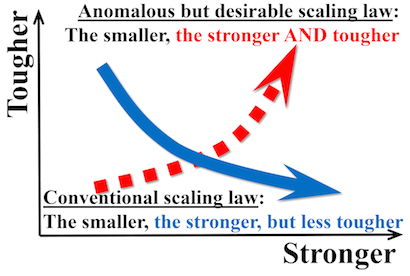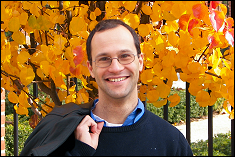News Story
Milchberg Receives Grant from Lockheed Martin

Howard Milchberg
The research funding given to the Clark School's Howard Milchberg (electrical and computer engineering and physics) and College of Computer, Math and Physical Science's V.S. Subrahmanian (computer science, Institute for Systems Research and University of Maryland Institute for Advanced Computer Studies) will further the Bethesda, Md.-based company's interest in groundbreaking research that could have both basic and applied uses.
Milchberg's work in laser plasma filaments and Subrahmanian's research in cultural modeling can enhance multiple applications of high-power laser beams and help soldiers perform better in unfamiliar environments, respectively.
"Lockheed Martin is adapting to the security challenges that we face in the 21st century," said Mel Bernstein, vice president for research at Maryland. "The university is well-positioned to help the company transform to meet new demands and business opportunities."
Milchberg is studying how the propagation of intense, super-short laser pulses can rip apart air molecules over long distances, creating long tracks of ionized air. Milchberg's research grant will be used to gain a better understanding of the processes that lead to the development of a "laser-generated wire" that could be capable of guiding and directing very high-voltage discharges, similar to lightning.
"There are a number of applications that would open up if you could generate, direct and control a highly conducting wire at the speed of light," Milchberg said.
Subrahmanian, a professor of computer science and director of the University of Maryland Institute for Advanced Computer Studies (UMIACS), will use the Lockheed Martin grant to develop software that allows U.S. soldiers to quickly learn the behavioral cues of another culture.
Subrahmanian will take information from an annotated video database of gestures, body language and clothing to develop logical behavioral patterns. Eventually, a prototype software system will allow soldiers to enter a digitally created training environment, where they will interact with "virtual" foreign subjects. Participants can then be evaluated on how well they discerned the ethnic identity of the subjects and their religious and socioeconomic background and whether they posed a danger.
Published November 18, 2009











